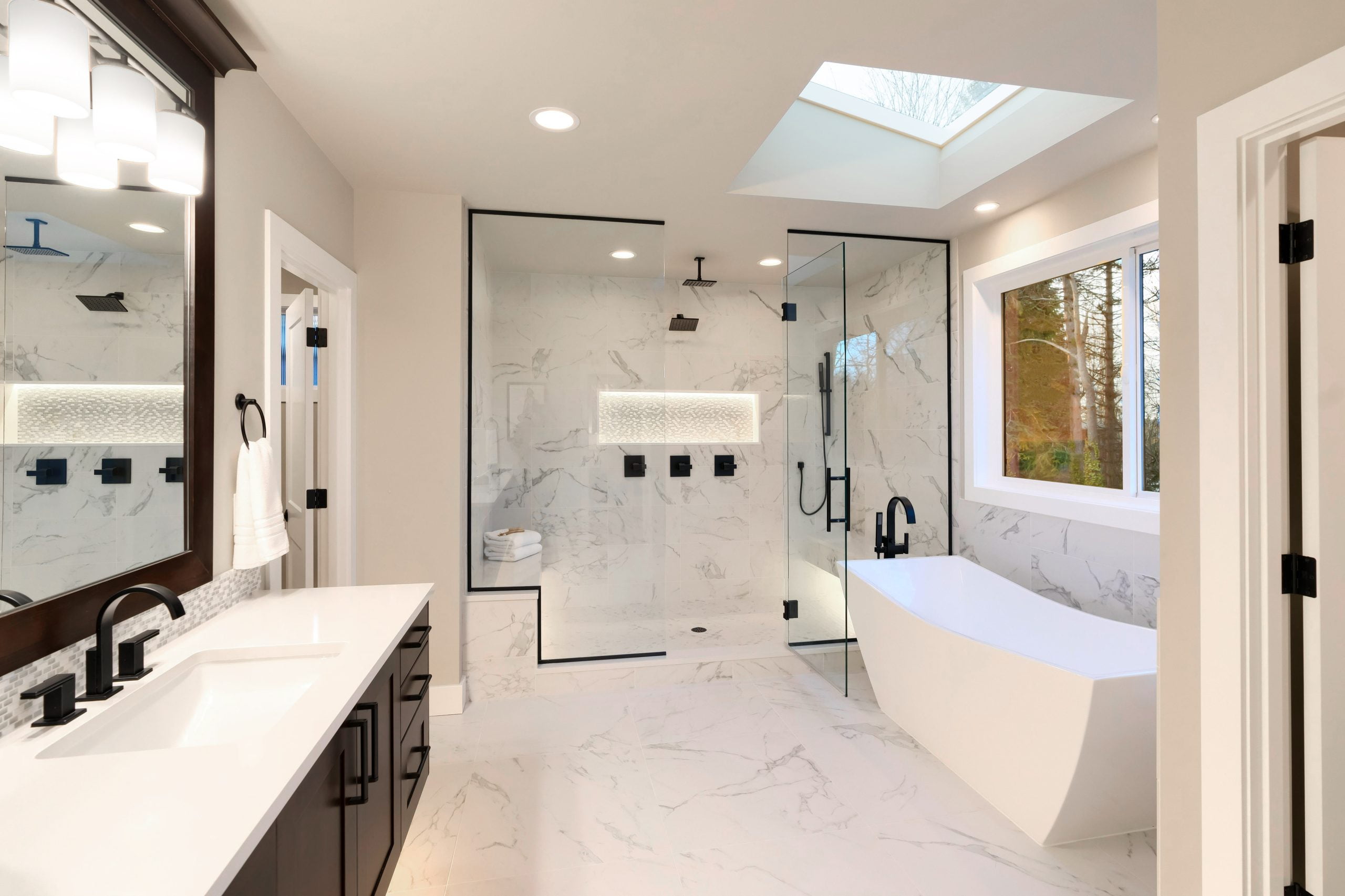Waterproofing is an essential process in building construction. It involves the application of materials and coatings that prevent water from penetrating the building’s interior. Water leaking into the substrate can cause significant damage to the structure, including mould growth, corrosion, and even collapse. Despite the importance of waterproofing, lack of training and insufficient knowledge can lead to failures occurring due to the following:
Improper Material Selection
One of the most common causes of waterproofing failure is the use of improper materials. Different waterproofing materials have different properties and are designed to be used in specific applications. Using the wrong material can result in the material breaking down, losing its effectiveness, or not adhering to the surface. For example, using an exterior waterproofing product for internal applications may not provide adequate protection. Therefore, it is essential to choose the right material for the job and ensure that it is compatible with the surface.
Inadequate Preparation of the Surface for Waterproofing
Before applying any waterproofing material, the surface must be thoroughly cleaned and prepared. The surface should be free of dirt, dust, debris, and any other contaminants that may prevent the material from adhering to the surface. Make sure that when waterproofing is being conducted, other trades that may be working on the job are aware so that they do not traverse the area and drop or stir up any dust, debris, or other contaminants. Failure to prepare the surface adequately can lead to poor adhesion, a bumpy or creased surface, and premature failure of the waterproofing material.
Poor Waterproofing Application Technique
The application of the waterproofing material is critical to the success of the project. If the material is not applied correctly, it may not form a proper seal or may not bond adequately to the surface. Additionally, applying too little or too much material can result in an uneven surface or coverage that may compromise the integrity of the waterproofing. Proper application techniques include following the manufacturer’s instructions, using the correct tools, and ensuring that the surface is adequately covered.
Exposure to Extreme Temperature Fluctuations
Temperature fluctuations can also lead to waterproofing failure. Extreme temperature changes can cause the waterproofing material to expand and contract, resulting in cracking and separation from the surface. In some cases, the material may even lose its elasticity, making it more prone to cracking and failure. Therefore, it is essential to choose a waterproofing material and appropriate primer that can withstand the expected temperature changes in the area.
Poor Drainage
Proper drainage is a critical component of any waterproofing system. Without adequate drainage, water can accumulate and penetrate the building, resulting in water damage and mold growth. The drainage system should be designed to collect and redirect water away from the building, preventing it from seeping into the interior. Any obstruction or damage to the drainage system can result in water infiltration, leading to waterproofing failure. In addition to this, waterproofing sheets should always be laid down starting from the lowest point, then working your way upwards. This way water flows from the highest to the lowest spots, increasing the ease of water flowing to the appropriate draining areas.
Inadequate Coverage
Another common cause of waterproofing failure is inadequate coverage. If the waterproofing material does not cover the entire surface, it can leave vulnerable areas that are susceptible to water infiltration. This can occur due to poor application techniques, inadequate material quantities, or obstacles that make it difficult to apply the material. To ensure that the waterproofing is effective, it is essential to cover the entire surface adequately.
Incompatibility with Other Materials
Waterproofing materials may not be compatible with other materials used in the building’s construction, such as adhesives, sealants, or coatings. The interaction between the materials can result in chemical reactions that compromise the integrity of the waterproofing. It is essential to consider the compatibility of the waterproofing material with other building materials and ensure that they can work together effectively.
Structural Movement
The building’s structural movement can also lead to waterproofing failure. The movement can result from materials settling, earthquakes (including mild tremors), or other environmental factors. The movement can cause cracks in the building’s foundation or walls, compromising the waterproofing system’s effectiveness. To address this issue, waterproofing materials that can accommodate structural movement, such as flexible coatings and sealants, are a good option.
Looking for waterproofing products that will stand up to the elements, and protect your build? Have a look at our range of waterproofing products here.
For further information regarding waterproofing, and which products will be suitable, please get in touch via phone or email, or send us a request via our contact us page.




